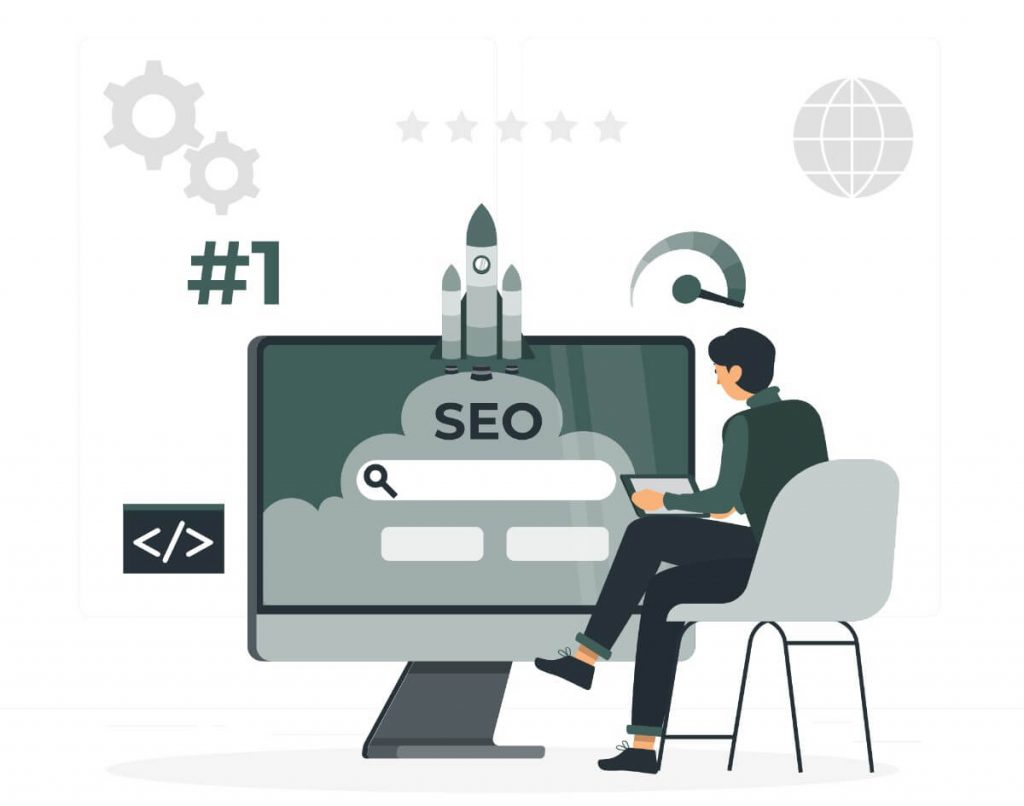Digital marketing represents the creation and dissemination of content on digital communication channels: websites, social networks, mobile applications, email, etc., and promoting that content using a wide variety of paid media or owned media strategies, such as SEO, SEM, pay-per-click advertising, content distribution, social media, and email marketing.

The Importance of Digital Marketing Is Given by the Popularity of the Internet
Here are just a few statistics about using digital marketing:
▪ 1.843 million Moldovans use the Internet / 1.725 million use it daily
▪ 81% of those who use the Internet globally inform themselves online before buying
▪ Daily, the Google search engine operates around 5.6 billion searches
▪ 58.4% of the world's population uses social networks. The average daily usage is 2 hours and 27 minutes.
The Digital Marketing Strategy
A digital marketing strategy is a coordinated and complex action plan, with general marketing measures, in which promotion plans are determined on online channels: Facebook, Instagram, YouTube, Twitter, Google, and the network of Google partner sites, own website, news sites, SEO, Google Ads, newsletters, etc.
How Do We Work on Creating a Digital Marketing Strategy?
Definition of objectives – Defining SMART objectives: Specific, Measurable, Accessible, Relevant, and Time-bound. Establishing KPI levels.
Target audience study – Identifying the consumer profile and target audience.
Competitive analysis – Identifying competition strategies and assessing the strengths and weaknesses of the competition.
Funnel creation – We present the funnel under the AIDA model: Awareness, Interest, Decision, and Action.
Creating a strategic plan – Identifying promotion channels and creating the media plan. Allocation of budgets.

The Benefits of Digital Marketing
Strengthening the market position: increasing brand visibility in the online environment and attracting customers.
Increasing audience and diversifying potential subjects.
Increasing sales and strengthening the company's position.
Promoting a positive image for the company.
Increasing the average revenue per customer.
Increasing the number of interactions with the brand.
Boosting website traffic.
Gaining new customers through word of mouth.
Arousing interest in what the company has to offer.
Enhancing customer loyalty so that they follow the company's activity regularly.
Converting repeat customers (e.g., former customers registering for training).
Getting referrals and reviews on Facebook and Google My Business.
Key Performance Indicators for Digital Marketing
Average time spent on site – The average time spent by all users on a single page. To calculate it, Google Analytics adds the duration of each session over the specified period and divides it by the total number of sessions.
Returning website visitors – Indicates the engagement rate as visitors return.
Traffic channels – These show how people find your website/landing page.
Total number of visits – The number of unique browsing sessions by individual visitors to the site.
Total number of unique visitors – The number of people who visited the website/landing page.
Click-through rate (CTR) – The percentage of people who click on a CTA button or link.
ROI (Return on Investment) – The percentage of the investment that returns to the person making that investment. It is calculated as the volume of revenue generated for each dollar invested in the campaign.
Digital marketing is an essential tool for any business looking to grow and remain competitive in today's digital landscape. By leveraging various online channels—such as social media, search engines, and email marketing—companies can reach a larger audience, improve brand awareness, and increase sales. A well-defined strategy, backed by data-driven decisions and key performance indicators, ensures that marketing efforts are effective and provide a strong return on investment.
